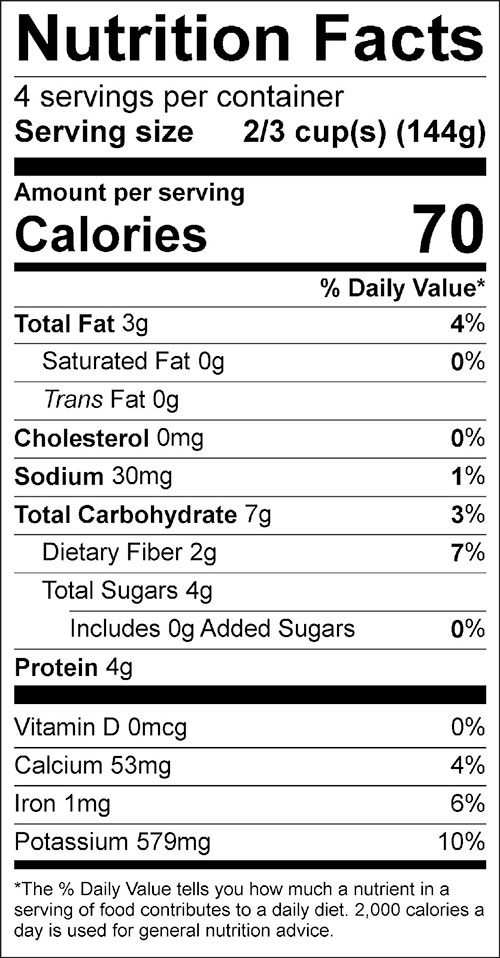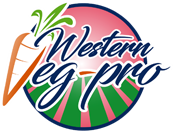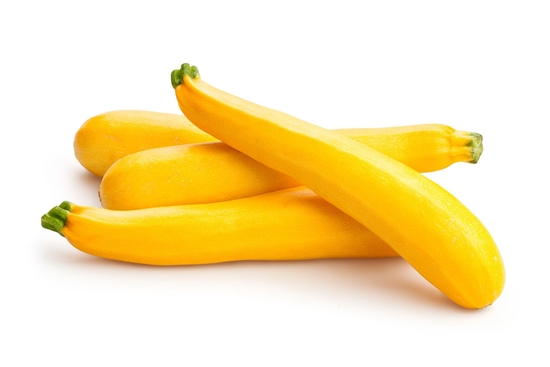Last week, we began going in depth with more information on summer squashes. Specifically, we wrote about Italian Squash – you can find the article here. To recap, the best way to think of Italian squash is to think of your typical green zucchini. Now before this gets too confusing, let us clarify – you may come across yellow zucchini at some point and wonder if it is yellow squash – it’s not! Yellow zucchini is just that – a yellow variety of zucchini. Yellow squash on the other hand is best identified by its shape. Typically, it takes on a tapered, straight neck (at times the neck may be crooked) – yellow zucchini is much more of a cylinder shape – just as green zucchini. It’s much easier to tell a crooked neck yellow squash apart from a yellow zucchini – but there is still a vivid difference in the shape, flavor, and texture.
Yellow Squash
We’re talking about a commodity that won the award in 1938 for best in All American Selections, a non-profit company that has long reviewed seed grown commodities. This just goes to show us – the importance of health is ever evolving and will never go out of style.
Here’s the thing – these guys are rich in carotenoids. We know carotenoids as characterizing many beta-carotene rich orange-colored fruits and vegetables – and yellow squash is right up there with them in terms of these valued nutrients. These nutrients are so vital in a healthy diet; it is recommended that people consume one-cup daily of yellow/orange vegetable intake. This gives you an idea of how crucial yellow squash can be in your diet – and another reason why consuming it in ways such as spaghetti squash is such a great idea. One cup of cooked yellow summer squash is only around 36 calories. Get this – one cup of cooked spaghetti noodles is 220 calories. Talk about a FANTASTIC noodle substitute! The minerals that we find throughout all summer squashes are remarkable, and yellow squash is no different. Manganese is the most prominent mineral in yellow squash. We talk about manganese a lot when discussing the nutritional value of fresh produce, but it’s important to note how vital manganese is. Did you know manganese is essential for your blood to clot?
In terms of what you will typically find in the supermarket, you will usually see straightneck and crookneck yellow squash. Your best bet when picking out yellow squash is to make sure the rind is undamaged, and the squash is heavy and shiny. Don’t go for the biggest and the baddest – pick out a squash that is average size to avoid too much of a fibrous inside. Treat your yellow squash gently – no throwing in the cart! This squash is subject to damage of the rind, which can help the squash go over too quickly. Store yellow squash unwashed until you are ready to cook with it and keep in an airtight container while in the refrigerator. This should keep the squash good for around seven solid days.
When scouting for yellow squash, know that the best-flavored ones are typically five to six inches in length.
Here are a few great ideas to get your mind flowing on how to incorporate yellow squash into your diet sooner rather than later!
- Baked Squash Seasoned Spears for an appetizer
- Yellow Squash Fritters, stuffed with onions and veggies
- Minestrone Soup with baked yellow squash mixed in
- Lemon Poppy Seed Summer Squash Bread
- Yellow Squash Casserole
- Coconut Curry Yellow Squash Soup
- Summer Squash and Corn Chowder


Western Veg-Produce, Inc.
PO Box 82217
Bakersfield, CA 93380
Office: 1-800-WVegPro (983-4776)
Fax: 1-661-637-2365
Sales: sales@wvegpro.com
Accounting: accounting@wvegpro.com


